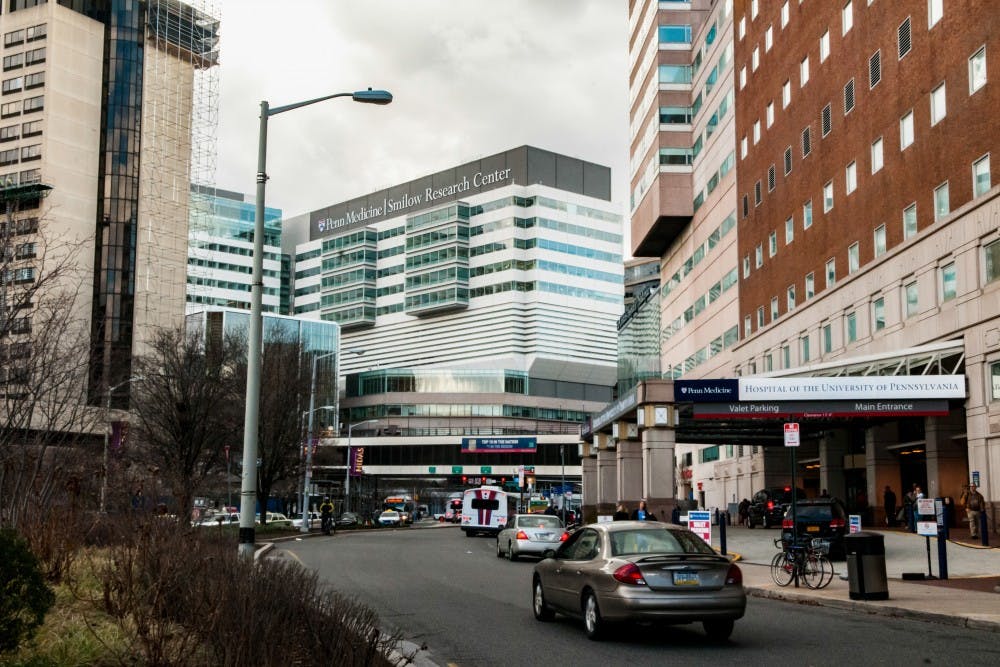As students, it’s imperative that we educate ourselves on the ails of the American health care system. Otherwise, we may be shocked at what appears on our next medical bill.
Like many freshmen, my first year at Penn was riddled with sore throats, colds, and the occasional virus. I found myself at Student Health Service more times than I can count. On the first reading day prior to spring semester finals, I had the worst bout of illness I’ve ever experienced in my life. Over night, I developed a fever, nausea, and extreme exhaustion. I couldn’t eat or sleep. After almost a week of not getting better, my parents insisted that I go to the emergency room.
My hospital visit only lasted around four hours. I was given an IV drip, a blood test, and a blanket. My bill was over $1,000.
My experience isn’t unique. Many Americans share similar stories of going to the emergency room and being expected to pay exorbitant costs — even with insurance. Research has shown that the average emergency room visit costs 40% more than one month of rent. For families or individuals living paycheck to paycheck, this kind of expense can be devastating.
At the hospital, my dad insisted that I get a chest X-ray. My doctor agreed, saying that it couldn’t hurt to cover all my bases. I wonder if I would have gotten one had I known that getting a chest X-ray would add $400 to my bill. More horrifyingly, I wonder how many people don’t “cover all their bases” because they simply can’t afford to.
According to the Pennsylvania Health Law Project, a family of four that has an income above $35,000 is ineligible for Medicaid benefits. However, while these families are technically over the federal poverty line, they can still struggle to endure costly health care premiums. Even then, those who are able to obtain insurance plans may still end up with steep bills.
Our time at Penn is a time of extreme privilege. Penn requires that all full-time undergraduates have health insurance that abides by specific parameters. In addition, all full-time students have access to SHS, which is paid for through the clinical services fee in our tuition, and includes full-service primary care. For some students, this is the first time in their lives they have had health insurance or access to adequate health care.
Still, Penn’s strict insurance waiver requirements can pose issues for many students. If your health insurance does not meet Penn’s requirements, or your family does not have health insurance at all, Penn automatically enrolls you in the Penn Student Insurance Plan (PSIP), which costs $3,585 annually.
SEE MORE FROM UROOBA ABID:
Penn, make summer courses more accessible to students from all backgrounds
Ultimately, growing up in America makes it impossible to ignore the inequities in the health care system for long. In a few short years, most of us will be forced off of our parents' health coverage, and have to start navigating this system on our own. Given this, health care should be a primary issue leading our generation into the voting booths. Recently, policies that aim to establish single-payer, universal health care have been at the forefront of presidential campaigns. Many Democratic candidates want to emulate countries like Canada, where health care is a right of every citizen.
While it’s not necessary to agree with any particular health care policy, it should be our priority as students, voters, and future leaders to consider solutions to this broken system. The fact that financial restraints can force anyone to hesitate in seeking medical care is appalling. We must do better.

UROOBA ABID is a College junior from Long Island, N.Y. studying International Relations. Her email address is uabid@sas.upenn.edu.









